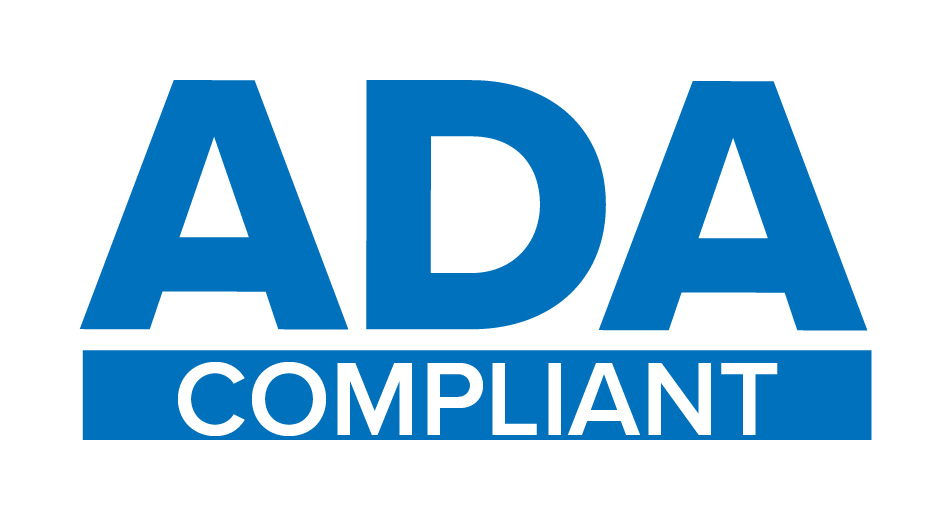A: Main, Main, News
November 16, 2023
Commissioners debate junk vehicle ordinance
Sallisaw City Manager Keith Skelton knows that if the city simply ignores instances of junk vehicles sitting in neighborhood yards, the problem won’t go away on its own.

